Expansion of E-commerce Platforms
The Skin Antiseptic Product Market is witnessing a transformative shift due to the expansion of e-commerce platforms. As consumers increasingly turn to online shopping for convenience and accessibility, the demand for skin antiseptic products is likely to rise. Market data indicates that e-commerce sales in the personal care sector have grown substantially, with projections suggesting a continued upward trajectory. This trend is facilitating greater market penetration for various brands, allowing them to reach a broader audience without the constraints of traditional retail channels. Furthermore, online platforms provide consumers with access to a diverse range of products, enabling informed purchasing decisions based on reviews and product information. As a result, manufacturers are investing in digital marketing strategies to enhance their online presence, thereby capitalizing on the growing trend of e-commerce in the skin antiseptic product market.
Rising Incidence of Skin Infections
The Skin Antiseptic Product Market is significantly influenced by the rising incidence of skin infections across various demographics. Factors such as urbanization, lifestyle changes, and increased exposure to environmental pollutants are contributing to a higher prevalence of skin-related ailments. Market Research Future indicates that skin infections are among the leading causes of healthcare visits, prompting consumers to seek preventive measures. This trend is likely to drive the demand for antiseptic products, as individuals become more proactive in safeguarding their skin health. Additionally, healthcare professionals are increasingly recommending antiseptic solutions as part of routine skin care, further bolstering market growth. The industry is responding to this demand by expanding product lines to include specialized antiseptics targeting specific skin conditions, thereby enhancing their appeal to a wider consumer base.
Growing Awareness of Hygiene Practices
The Skin Antiseptic Product Market is experiencing a notable surge in demand due to the increasing awareness surrounding hygiene practices. Consumers are becoming more conscious of the importance of maintaining skin health, particularly in environments where exposure to pathogens is prevalent. This heightened awareness is reflected in market data, indicating a projected growth rate of approximately 7% annually over the next five years. As individuals prioritize personal hygiene, the demand for effective skin antiseptic products is likely to rise, driving innovation and product development within the industry. Furthermore, educational campaigns and public health initiatives are contributing to this trend, emphasizing the necessity of antiseptic solutions in daily routines. Consequently, manufacturers are responding by diversifying their product offerings to cater to a broader audience, thereby enhancing their market presence.
Technological Advancements in Formulations
Technological advancements are playing a pivotal role in shaping the Skin Antiseptic Product Market. Innovations in formulation science have led to the development of more effective and user-friendly antiseptic products. For instance, the introduction of alcohol-free antiseptics and those with skin-conditioning agents is gaining traction among consumers. Market data suggests that products incorporating advanced delivery systems are witnessing increased adoption, as they offer enhanced efficacy and user experience. This trend is likely to continue, as manufacturers invest in research and development to create formulations that not only kill germs but also promote skin health. The integration of natural ingredients and sustainable practices into product formulations is also becoming a focal point, appealing to environmentally conscious consumers. As a result, the industry is poised for growth, driven by the demand for innovative and effective skin antiseptic solutions.
Increased Regulatory Support for Antiseptic Products
The Skin Antiseptic Product Market is benefiting from increased regulatory support aimed at ensuring product safety and efficacy. Regulatory bodies are implementing stringent guidelines for the formulation and marketing of antiseptic products, which is fostering consumer trust and confidence. This regulatory environment is likely to encourage manufacturers to adhere to high standards, thereby enhancing product quality. Market data suggests that compliance with these regulations can lead to a competitive advantage, as consumers are more inclined to choose products that meet established safety criteria. Additionally, regulatory support is facilitating innovation within the industry, as companies are motivated to develop new formulations that align with safety standards. This trend is expected to drive market growth, as consumers increasingly seek reliable and effective skin antiseptic solutions.


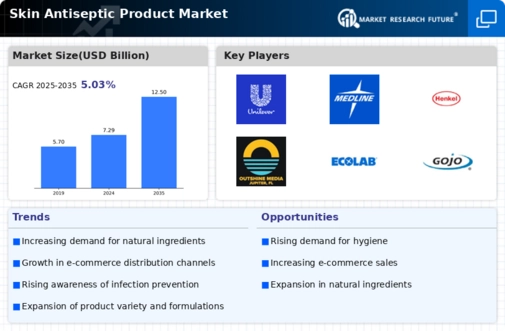
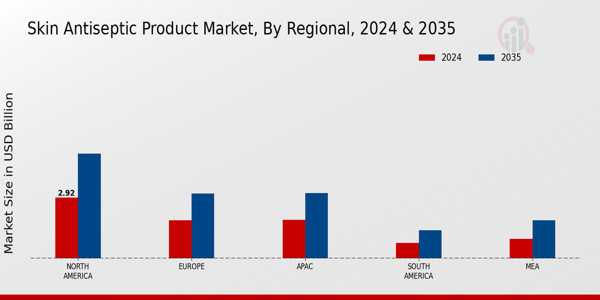

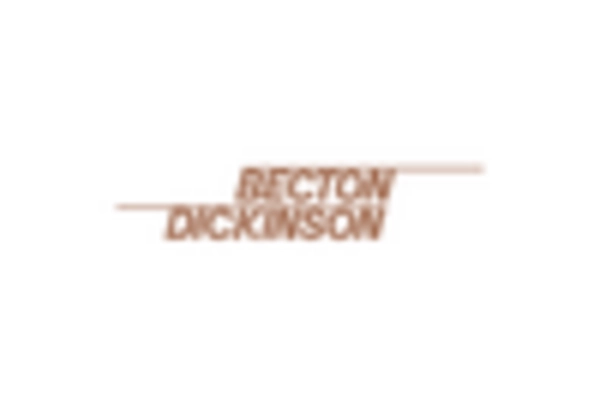
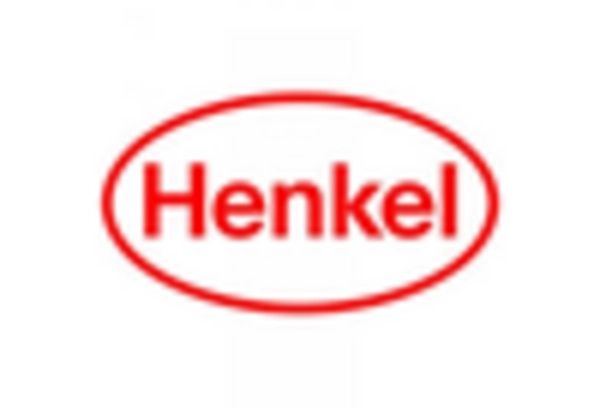


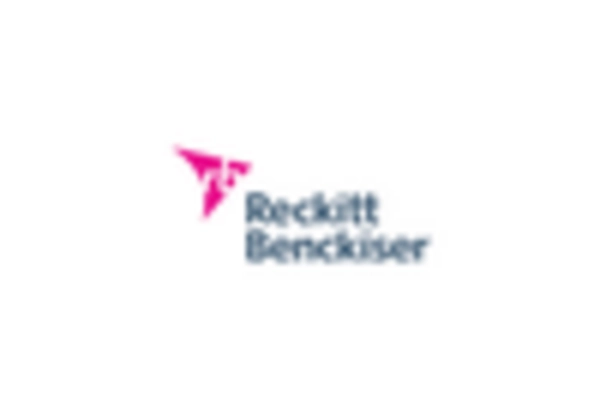








Leave a Comment